When Tekken 8 was revealed, my first thought was, "What could Bandai Namco possibly do to make another Tekken feel new?" That's not an indictment of the series, but rather a testament to how great Tekken 7 has been for the past eight years (or six years if we're talking about its console release). Tekken 7 is a pillar of the fighting game community for a reason; it's the most refined the 3D fighter has ever been, and there's just nothing quite like some good-ass Tekken.
Even so, there's always room to evolve, and after getting a few hours of hands-on time with a preview build of Tekken 8, it became immediately clear how it can take the franchise in a bold new direction. It still has its diverse set of characters, each with their own unique fighting style and deep moveset, and it's even prettier thanks to improved visual fidelity and eye-catching flourishes that are made possible by the latest generation of consoles. That freshness I'm talking about, however, lies primarily in the core gameplay mechanics, specifically the Heat system and Special Style, as well as smaller changes that reward aggressive play.
Turning Up the Heat (System)
The Heat system represents a fundamental change to Tekken's gameplay. It's a brand-new gameplay mechanic for every fighter on the Tekken 8 roster that, at any point, once per round, allows you to activate Heat to access new attacks, open opportunities for sick combos, and enhance your character's core moveset. Think of it as another meter that can create an advantage for you by allowing you to be more offensive in your approach; however, the intricacies of using the Heat system effectively is where the game gets more technical.
Heat Burst is an attack executed by a single button press that activates your Heat state and adds one stock to your Heat gauge. If the attack hits, you get a flashy little move that opens up a combo opportunity, and even on block, it at least staggers your opponent briefly. But you also have Heat Engagers, which are more complex, character-specific moves that also activate Heat and add two stocks to your gauge.
You can follow up Heat Engagers with a Heat Dash (consuming one Heat stock), which will send your character running towards the opponent, giving you the chance to start a big combo. If the Heat Engager is blocked, you can still use a Heat Dash to close the gap and keep applying pressure. Lastly, there is the Heat Smash; regardless of how much Heat and stock you have left, it will deplete the rest of the meter in exchange for a powerful attack akin to a super or EX move seen in other fighting games.
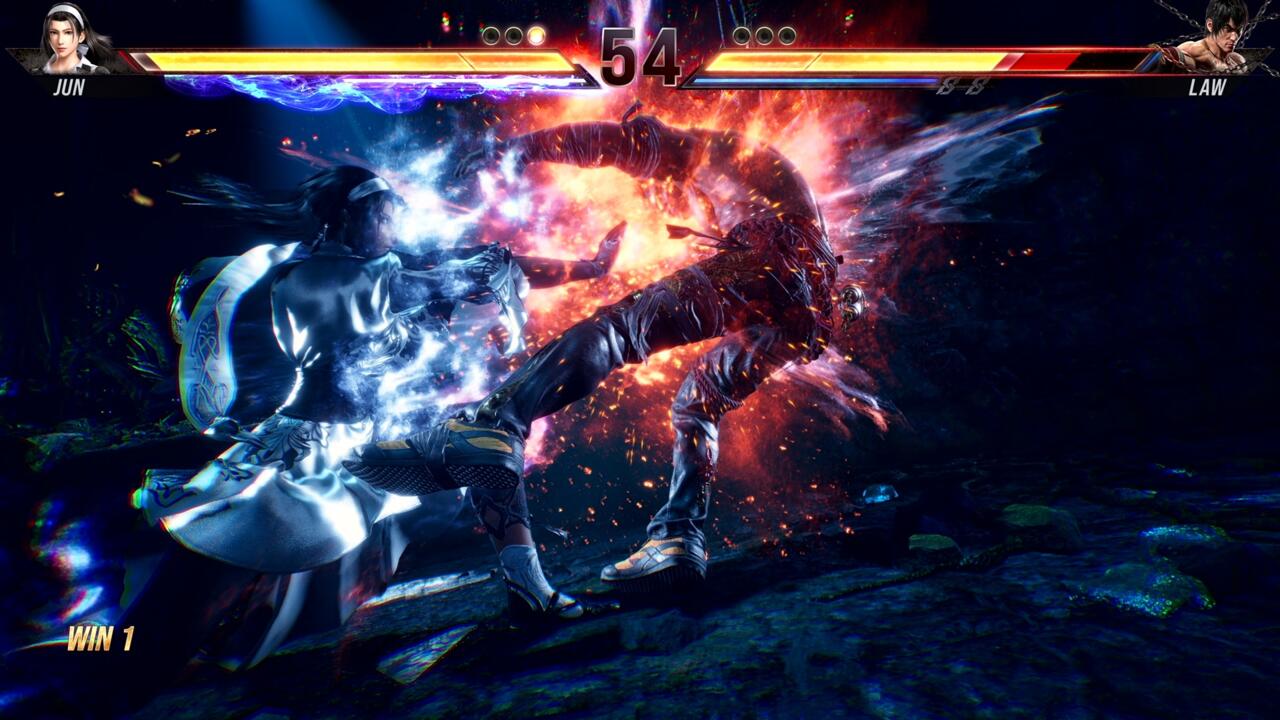
Those are just some of the options you'll be working with while under a Heat state. More passive effects are also crucial to gaining the upper hand. Heat can enhance certain attacks to make them do more damage or change the properties of the moves themselves. For example, Jun has a few strong attacks that also inflict damage on herself, but when she has Heat active this property is negated, allowing you to use those attacks without penalty; Xiaoyu gets access to more devastating combo strings; King has inescapable throws; and Kazuya transforms into Devil mode. These are just a few examples of how every character plays even more differently now and leans harder into their specific fighting styles to bring new depth and diversity to Tekken's brawls.
Tekken series director Katsuhiro Harada also sees this as a way to intrigue players into learning characters they wouldn't otherwise play. "Because of the differences in the Heat system for each individual character, [players will] start off with their main, but then they'll see the [command] list and see what makes another character more unique in a Heat state that they'll gradually want to try other characters as well, and we really think it will induce that exploration." It's also another layer that high-level players are going to have to account for when facing certain characters and attempting to read their opponents.
The Heat system has essentially replaced Rage Drive from Tekken 7. While they share a few similarities, Heat is designed to give players more control over how to use their character throughout a match, rather than just when they're low on health (although each character still has Rage Arts at low health, which is now a unified command input). As such, Heat isn't necessarily a comeback mechanic and is instead a layer that changes the flow of a match and opens new possibilities in competitive play. As a Tekken veteran, I appreciate the dynamic it creates, smartly weaving the core tenets of the franchise and its characters into a mechanic that adds depth without overshadowing the gameplay foundation that has made Tekken special in the first place.
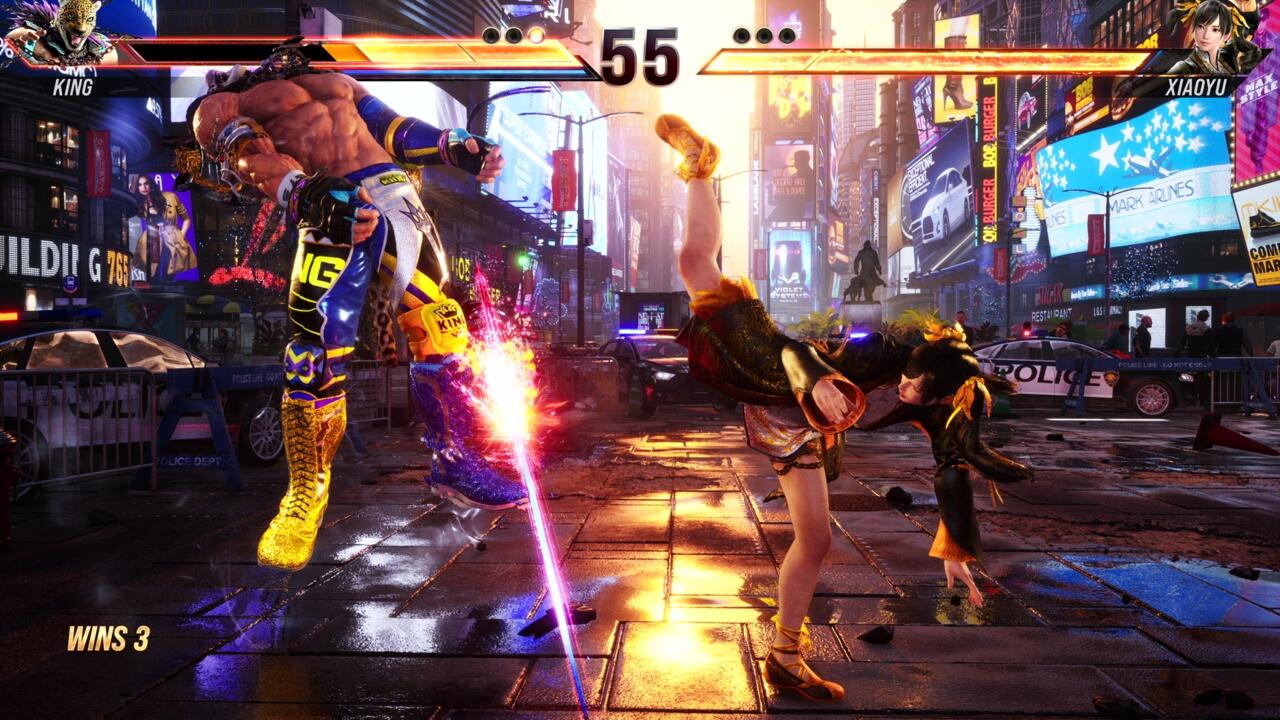
Tekken 8 Is All About Offense
The changes in core mechanics were also intended to encourage more aggressive playstyles, and this manifests in multiple ways. For the Heat system in particular, once it's active, it'll last for 10 seconds, so you'll definitely want to make the most of it. However, the timer pauses when you're in the middle of an attack animation or when your opponent is down. This means it's possible to be in a Heat state for a lot longer if you play your cards right.
Attacks during Heat, as well as other powerful moves in a normal state, will also cause chip damage, but leave behind recoverable health (which hasn't been a feature since Tekken Tag Tournament 2). Recoverable health is indicated by a gray bar in the player's health gauge and it can be gained back by landing attacks, further rewarding aggressive play.
And while it’s not exactly a change to the gameplay system itself, Rage Arts have been revamped to now be explosive, over-the-top animations with cinematic cuts like they’re out of Dragon Ball FighterZ or Naruto Ultimate Ninja Storm. Just watch Lars’ Rage Art in Tekken 8 and tell me he’s not channeling his best impression of Sasuke’s Chidori with his super-fast lightning strikes. Every character has a new Rage Art animation and I can imagine the hype they’ll build as a player in a heated moment or as a spectator on the edge of their seat.
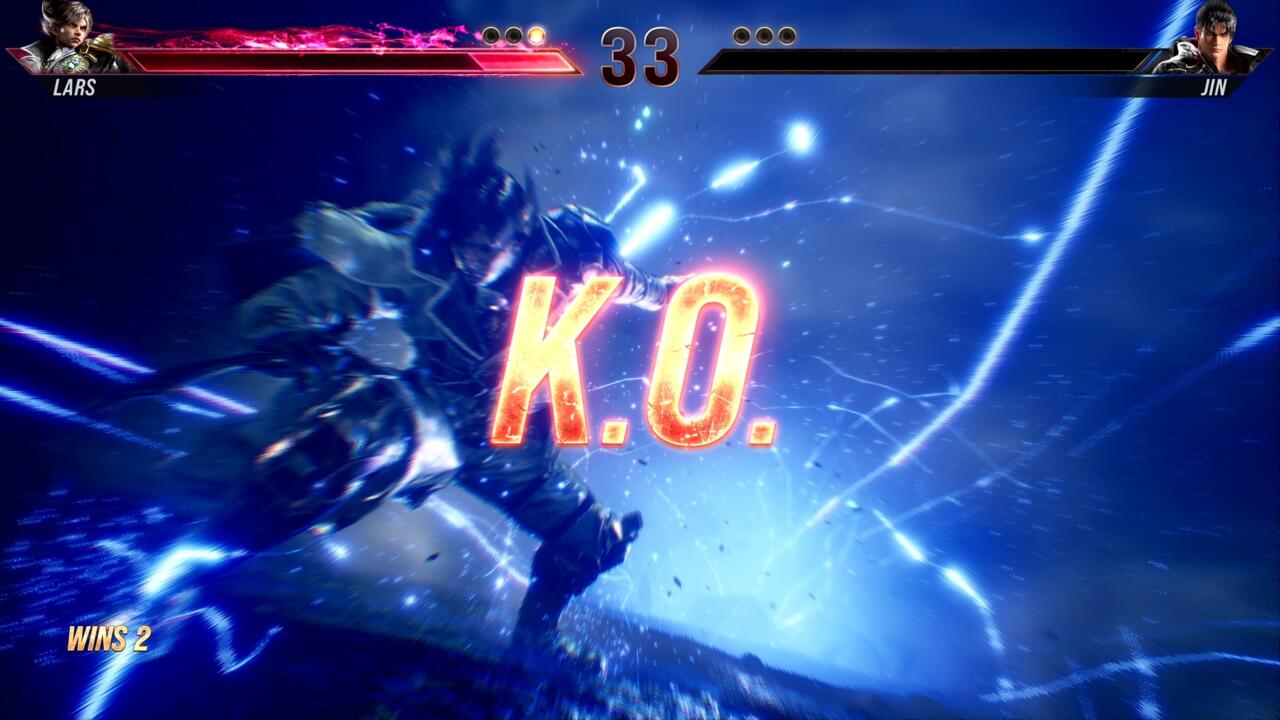
Although they may seem like small features, Tekken 8 seems to be addressing one of the criticisms of the competitive scene: slower and not-so-exciting moments where players hunker down to play extra defensively. There can still be an element of that in Tekken 8, but at least both players have new offensive tools to create avenues for turning the tide of a match.
A Special Style of Approachability
As if the aforementioned additions and changes aren't enough to shake things up, Tekken 8 also features what's called Special Style. It's a simplified control scheme for newcomers to do cool combos and stronger attacks with easier strings of button inputs. Many fighting games have something similar to this, like Guilty Gear Xrd's Stylish mode or Street Fighter 6's Modern control scheme. What makes Tekken 8's Special Style different is that it can be toggled on and off instantly while in a fight. It does not take any frames or animations to swap between normal controls and Special Style; you just press L1 or LB and your controls switch schemes. You can mix and match these control schemes as part of your approach in a match.
Even Harada says that, theoretically, high-level players can find ways to take advantage of this system and incorporate it into their repertoire. "It wasn't just designed for beginners, but for intermediate and advanced players as well. From the start, when we decided to have it as something you can do on the fly, that opened up all these different possibilities that we were thinking of when actually designing the system itself," he said. Harada continued, "For more advanced players, I guess you could say one good example is [in the past] with Rage Arts, some of them required double button presses, and if you're in a tournament with your nerves just going crazy, even those players would sometimes mess up, so they would sometimes bind it to one button to reduce those kind of risks. We saw similar things in our debugging team where maybe they would switch with a certain timing if they wanted to use a certain movement and didn't want to mess it up."
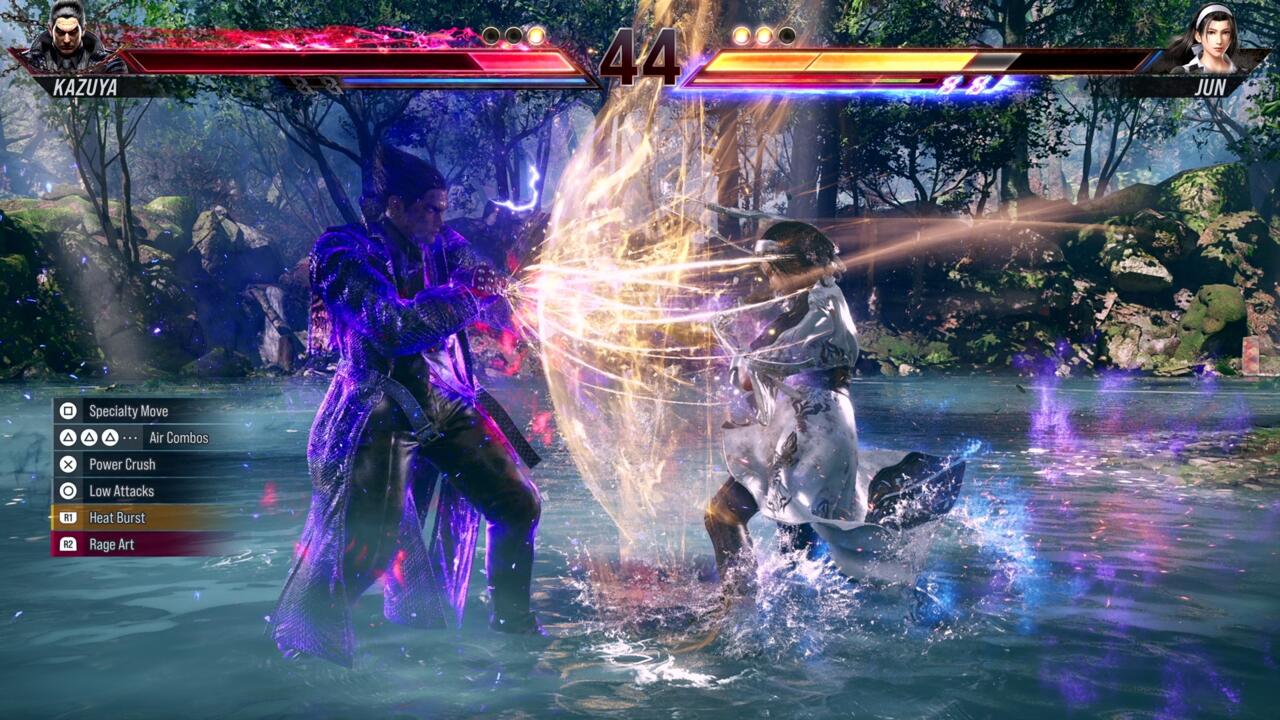
Lowering the barrier to entry is key to onboarding players, but another one of the noticeable shortcomings of Tekken 7, especially by today's standards, was its lack of proper tutorialization. Command lists, suggested combos, and a free practice training mode are all well and good for those with some fighting game or Tekken experience, but newcomers or lapsed players didn't have much to guide them. I noticed Tekken 8's in-game command list has detailed explanations for what each character's moves do and their properties. And some even include suggestions on how to incorporate them into combos or specific situations. Tekken can get quite complex, and with a huge roster, it's tough to get good with each character, so it gives me hope that Tekken 8 could properly address this concern.
The Iron Fist And Family Business
The playable preview build only had one-on-one battles available. And aside from the existing trailers, the stages, and characters' backstories, we didn't get to see how Tekken's wild story might be getting even wilder. With the mysterious return of Jun, and the never-ending drama within the Mishima and Kazama families, anything seems possible--and I wonder who's getting thrown into a volcano next. But I did take the opportunity to ask Harada if he could hint at anything at this stage in development.
"We see a lot of people having fun trying to guess what's going to happen. Maybe there's more possibilities than I think. And obviously the key theme is to go above and beyond what we did in Tekken 7," Harada said. Producer Michael Murray chimed in to mention that story elements are a team effort and said, "The way it works is Harada gives a general direction about the overarching story. And then the rest of the game designers, myself included, talk about, 'What if this happened or that happened?' while he's away and then he finds out about it and goes, 'Oh my god!' It's fun for the staff to also [create] twists like that."
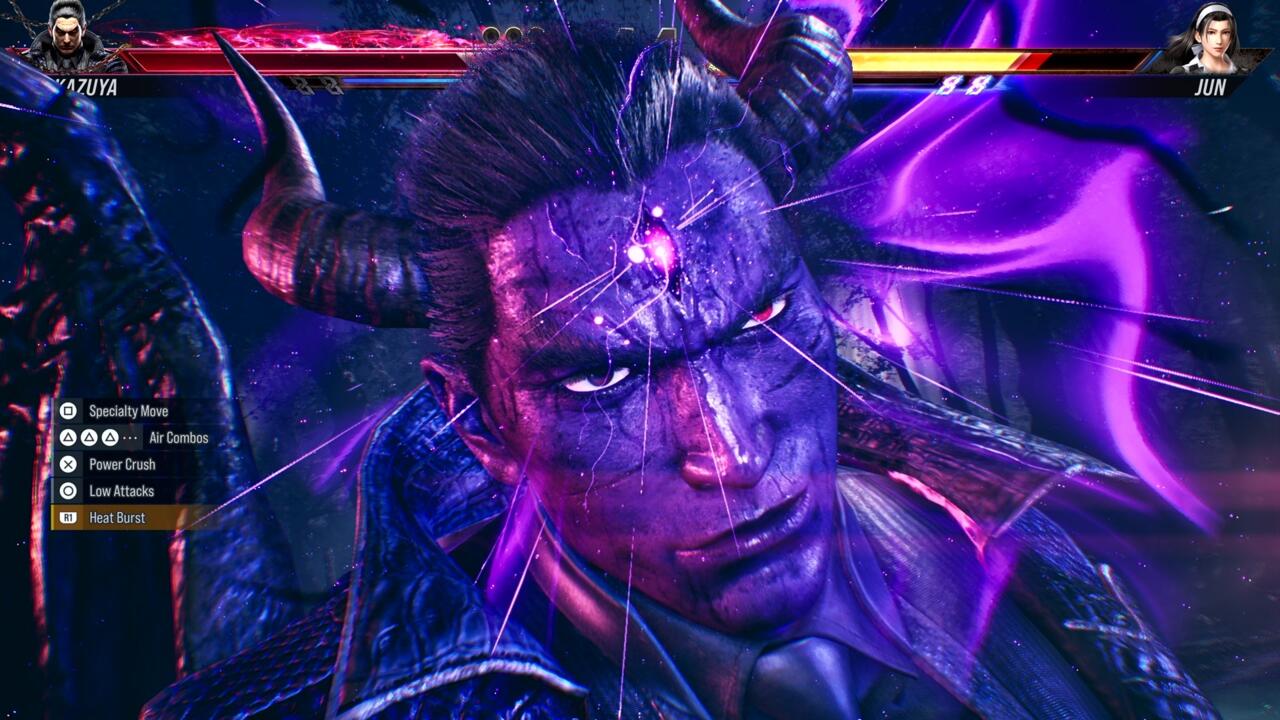
So far, the Tekken 8 roster consists of Jin, Kazuya, Jun, Law, Nina, Jack-8, King, Paul, Lars, and Xiaoyu. And, of course, there are likely even more familiar faces yet to be revealed. But I was able to ask Harada about how the team is approaching guest characters this time around, as this was a key pillar of sustaining interest around Tekken 7.
Although he couldn't share much, he did say, "Particularly this time for Tekken 8, we're really more focused on the cast of our characters because we remade all the models, but it's not just that. When you add the Heat system, they have their unique abilities that change during that state. Normally, [gameplay mechanics] would just be applied to the whole cast." I got the feeling that the Heat system makes it more difficult to build characters since it's another complex layer to design and balance, and as Harada concluded, "Doing that properly and making our main cast the best they could be is really the priority."
Getting Ready For The Next Battle
The new mechanics of Tekken 8 aren't necessarily new to fighting games in general, but in the context of the series and Tekken's core gameplay, it brings a whole other dynamic that can change the course of competitive play. Upon first impression and with a couple hours of playing the preview build, I immediately felt the nudge towards playing aggressively, which is the developers' intent. It's the Tekken I know and love, but with a few extra tools that keep the momentum going in each match.
I didn't have enough time in the lab to see all the potential of the Heat system, get a full grasp of my old favorite in Jun, or reacquaint myself with Xiaoyu, but I can't wait until I do. Unfortunately, we still don't know when Tekken 8 will launch, but when it does, it'll be available for PlayStation 5, Xbox Series X|S, and PC.











